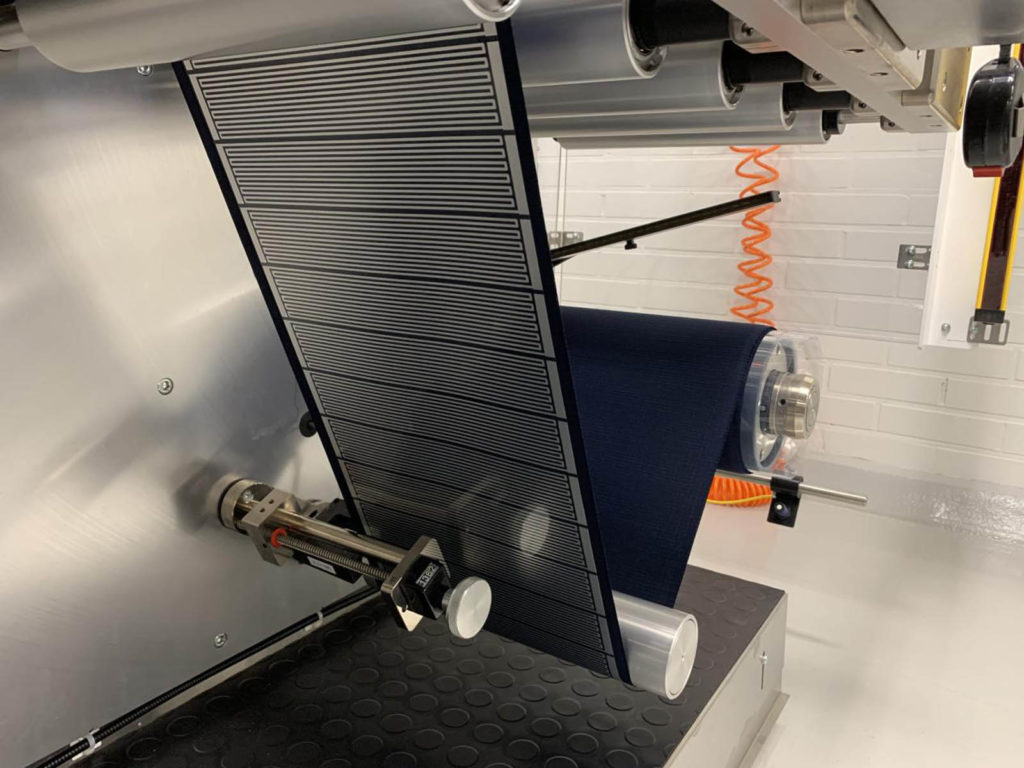
VTT Technical Research Centre of Finland has developed a thin, flexible and plastic-free heater to help reduce energy consumption in homes and offices, and still offer individuals comfortable temperatures. When attached to seats, walls or floors, the heaters generate heat to the individual temperature preferences of the occupants.
Energy consumption can be reduced by using insulation materials and reducing room temperatures. A one-degree decrease in room temperature leads to about five percent savings in heating costs. But if the temperature of an indoor space is decreased by several degrees, the occupants could be quite uncomfortable. VTT’s new flexible heater can achieve a warmer, localized temperature quickly and as needed by warming up the surfaces around the occupants, for example, on the floor, on a seat cushion, or on an adjacent wall.
The thin, bendable heater is produced by printing the heating electronic components with a roll-to-roll method. A 50 micrometres or 0.05 millimetres thick metal mesh can be cut to form and installed on, for example, fabric, paper or floor laminate without an additional support layer. This has very limited impact on the properties of the material, such as bending, stretch or breathability, unlike the layer structures used in earlier floor and roof heating systems.
“We can produce extremely wide-ranging and fast heaters for different surfaces, and they can be controlled zonally by a common control system. In the future, intelligence can also be added to the heaters with sensors that can identify the person in the room and their perception of the comfort temperature, for example. With the help of the sensors, the heater could also function as part of the safety system,” says principal scientist Terho Kololuoma.
The heating system could also be used for food transport and delivery, and it could be used to disinfect surfaces in hospitals and other public areas, as “the surface temperature can be quickly raised up to 130 degrees,” Kololuoma says.
 TEXTILES.ORG
TEXTILES.ORG


